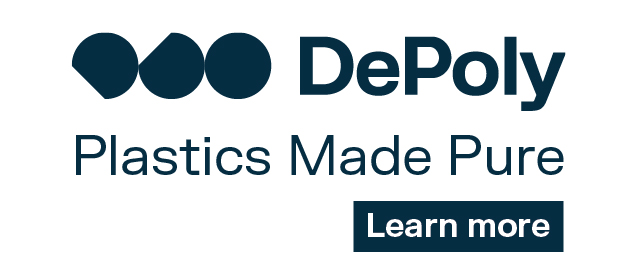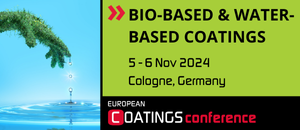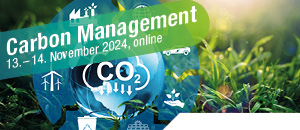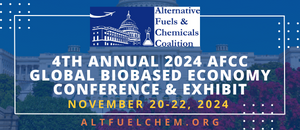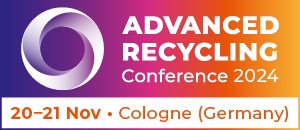A report on ‘labelling requirements for hazard communication and ecolabelling possibilities for bio-based solvents’ is available for the public. The report focusses on relevant European regulation to assess and give recommendations for labelling requirements for hazard communication and ecolabelling possibilities for new bio-based solvents.
Product labels, and ecolabels in particular, represent important instruments for promoting markets for environmentally friendly products. By providing information on the environmental product characteristics, they offer potential buyers the possibility to select a product based on features that would otherwise remain unobservable or very difficult to assess. Within the scope of ReSolve, the EU Ecolabel and its opportunities for bio-based solvents were evaluated.
A major characteristic of the EU Ecolabel is that it deals with end-products. The relevance of environmental criteria differs widely depending on the typical use of a product, its potential loss in the environment, its contact to humans, its end-of-life options. Solvents themselves are not usually the consumer end-product. Instead, they are either used as a process agent or as part of a formulation of which the end-product consists. This report covered those relevant criteria (content of VOCs, restriction of hazardous substances, etc,) for awarding the EU Ecolabel to a range of potential end-applications in which the new ReSolve bio-based solvents could appear.
Furthermore, the European Standardization Body CEN has developed a standard on bio-based solvents (EN 16766/2017) which lays down several information criteria that bio-based solvents should fulfil. The standard describes different performance characteristics of solvents that should be included in product communication but does not provide any threshold values. Regarding health, safety and environmental requirements the standard states that “bio-based solvents, just as any chemicals, are to follow relevant regulations in terms of health, safety and environment. These include for example REACH regulation for health, safety and environmental assessment, and GHS/CLP regulation for classification and labelling.” The most relevant aspect for any labelling activity provided by EN 16766/2017 is its bio-based content. In order to be classified as a bio-based solvent, the content of bio-based carbon in the material needs to be at least 25%.
The report was prepared by the ReSolve project partner, nova-Institut GmbH, Germany. Full report is available at: www.resolve-bbi.eu/press/publications/
This project has received funding from the Bio-Based Industries Joint Undertaking under the European Union’s Horizon 2020 research and innovation programme under grant agreement No. 745450.
Supplier
- Bio-based Industries (BBI) Joint Undertaking
- European Commission
- Horizon 2020
- University of York (UK)
Source
nova-Institute, press release, 2019-02-06.
Supplier
Bio-based Industries (BBI) Joint Undertaking
European Commission
Horizon 2020
nova-Institut GmbH
University of York (UK)
Share
Renewable Carbon News – Daily Newsletter
Subscribe to our daily email newsletter – the world's leading newsletter on renewable materials and chemicals





